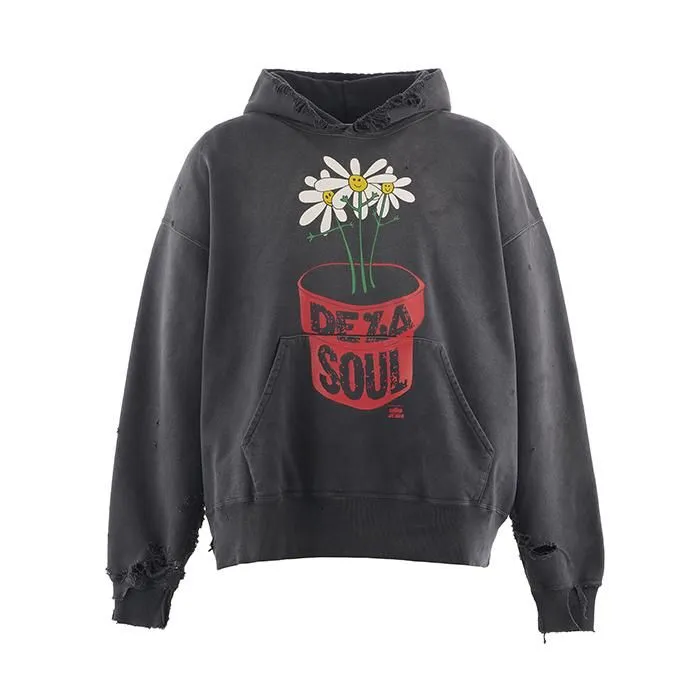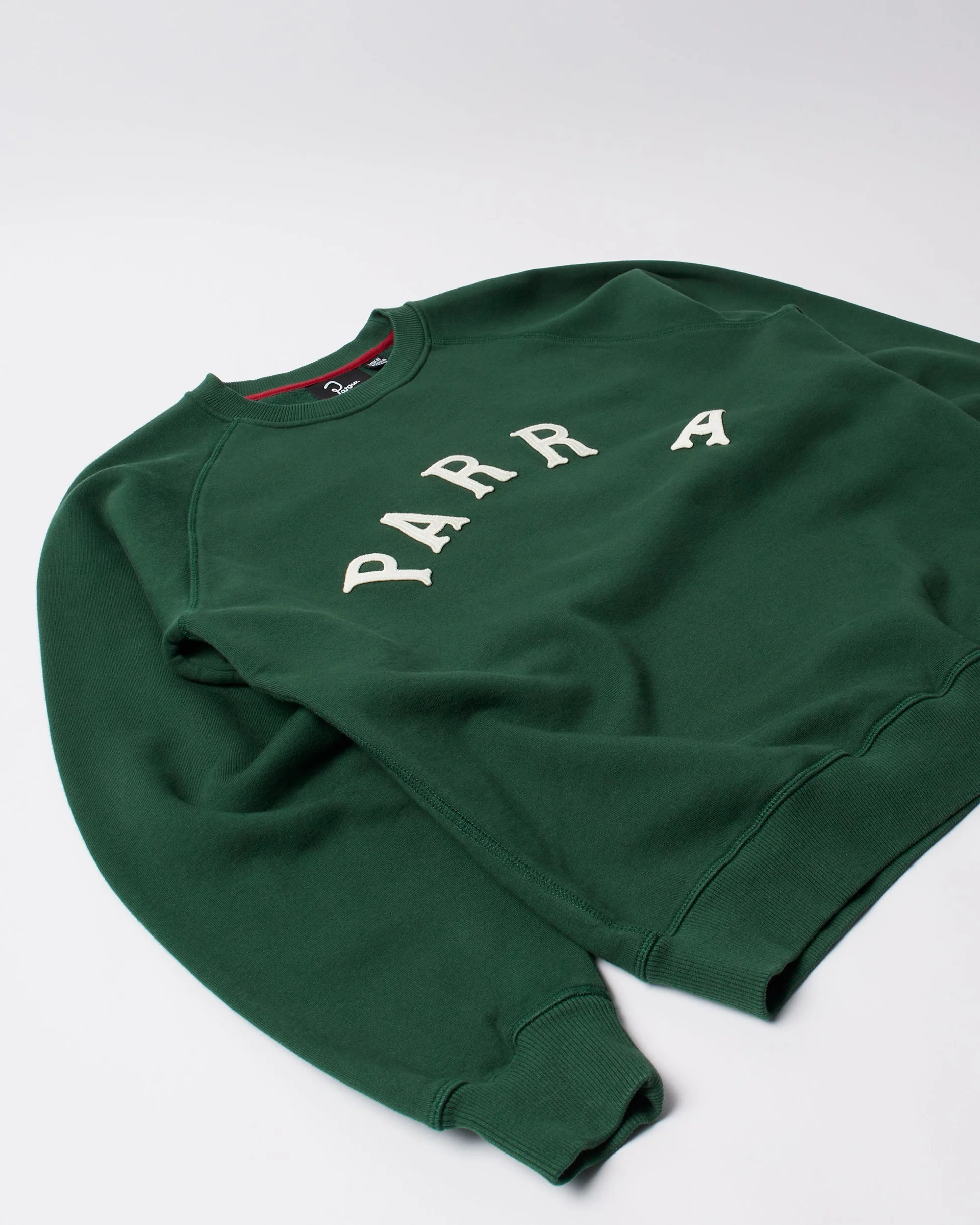When Pharrell Williams says something will be epic, you listen. The artist, designer, producer, and now Louis Vuitton Men’s Creative Director has never been one to use big words lightly. His vision is always bigger than trend—it’s cultural blueprinting. So when he says the 2025 Met Gala, happening on May 5, will be a night of celebrating “all things Black culture and excellence,” it signals something beyond fashion. This year’s gala isn’t just a dress-up party—it’s a declaration.
For the first time, Pharrell is stepping into the prestigious role of Met Gala co-chair, joining the ranks of fashion icons who’ve helped shape the annual event’s narrative. But true to form, Pharrell isn’t just wearing the title—he’s reshaping it. On The Run-Through With Vogue podcast, he described this year’s theme as a multi-layered tribute to the decor Black: its aesthetic beauty, cultural depth, historical weight, and global impression.
“We celebrate the color Black. We celebrate the things that come from that color. We celebrate the mentality. We celebrate the plight. We celebrate the progress and the success. And we celebrate the potential.”
This is more than a theme. It’s a movement—one rooted in cultural truth, artistic innovation, and the collective momentum of Black expression. It places the 2025 Met Gala at the intersection of fashion, identity, and legacy. And Pharrell is the ideal architect to lead that vision.
Pharrell’s Vision: Fashion as Culture, Not Costume
Over the years, Pharrell has blurred the lines between artist and designer. His work with Billionaire Boys Club, Humanrace, and now Louis Vuitton reflects his approach to fashion: less about hype, more about harmony—between self and society, color and code, silhouette and story.
In the context of the Met Gala, this means rejecting superficial interpretations of Black culture and instead diving into its textures—both literal and symbolic. We’re not just going to see sequins and kente cloth. Expect to see symbolism drawn from jazz, hip-hop, Afrofuturism, Harlem Renaissance, streetwear, spiritual iconography, African royalty, and diaspora resistance.
Pharrell’s co-chairing will likely push guests and designers to think more deeply about what it means to honor Blackness—not as a costume but as a creative force. Not something to “wear,” but something to embody.
The Decorum Black: From Absence to Power
Pharrell’s commentary on celebrating the color Black deserves its own unpacking. In fashion, Black has always been powerful—sleek, elegant, mysterious, subversive. It’s the color of protest, prestige, and protection. Coco Chanel called it the uniform of chic. Yohji Yamamoto said Black absorbs everything. Rick Owens weaponizes it. But for Black people, the color carries more than style—it carries survival and identity.
In art, literature, and culture, Black isn’t just a color; it’s a symbol of both invisibility and resistance. To wear Black is to invoke a lineage of depth. From the mourning garments of enslaved ancestors to the Black Panthers’ leather jackets, from Harlem’s nightclubs to Studio 54’s velvet ropes, the color Black has always been more than fabric—it’s been message and medium.
Pharrell’s framing of the night as a celebration of Black—not just the people, but the color—is a bold, poetic move. It flips the narrative: from marginalization to magnificence. From void to volume. It says, “We were never the background. We are the canvas.”
A Legacy Moment for the Met Gala
The Met Gala is no stranger to spectacle. Each year’s theme—be it Camp, Heavenly Bodies, or American Independence—spawns wild interpretations and headlines. But it’s also long been criticized for leaning into performative politics, especially when fashion houses attempt to nod to cultures they barely understand. Pharrell’s leadership could mark a shift in tone—one from aesthetic appropriation to cultural appreciation.
This year’s celebration promises to center Black designers, Black muses, Black stylists, and Black narratives. Not as accessories, but as architects. Imagine the red carpet covered in looks by the likes of Telfar Clemens, Pyer Moss, Grace Wales Bonner, Thebe Magugu, Bianca Saunders, or Kenneth Ize. Imagine tributes to icons like Dapper Dan, André Leon Talley, and Virgil Abloh—not in memoriam, but in momentum.
With Pharrell at the helm, it’s safe to expect that the conversation will extend beyond fashion. This is about art, music, innovation, and resistance. It’s about highlighting how Black culture creates the very rhythm to which fashion—and pop culture at large—moves.
Black Excellence: Not a Buzzword, a Blueprint
There’s something profoundly intentional about Pharrell choosing the phrase “Black excellence.” It’s not a catchphrase—it’s a construct. And one that’s constantly being refined.
Excellence doesn’t mean perfection. It means pushing forward. It means creating in spite of obstacles. It means designing when you’re not seen as a designer, performing when the stage is stacked against you, and succeeding when success wasn’t meant for you. This year’s Met Gala is positioned to spotlight the full spectrum of that excellence—from music to modeling, entrepreneurship to activism, design to dance.
Black excellence isn’t about assimilation—it’s about transformation. It’s about rewriting the rules, then reshaping the world around them. Pharrell himself is a living blueprint: a Virginia Beach kid who started in hip-hop and redefined the boundaries of culture globally. He’s not just co-chairing the Met Gala—he’s embodying its very theme.
Pharrell’s Met Gala Moment: From Guest to Leader
Pharrell isn’t new to the Met Gala. He’s walked the red carpet. He’s watched the cameras flash. He’s been both muse and mystery. But 2025 marks a transformation—from guest to guide.
Co-chairing is more than a ceremonial role. It means helping set the tone, shaping the guest list, and influencing how the theme comes alive on the red carpet and in the curated exhibition at the Met’s Costume Institute. Pharrell’s presence ensures the tone will be respectful, celebratory, and layered.
And he’s doing it at a pivotal moment. The fashion industry, long accused of sidelining Black creatives, is in the midst of a reckoning. From behind-the-scenes diversity to how brands honor cultural histories, every step is under scrutiny. The 2025 Met Gala, with Pharrell co-chairing, is an opportunity to not just look different—but be different.
The Power of “Potential”
One of the most compelling aspects of Pharrell’s statement was his focus on potential. It’s an unexpected word in a space so obsessed with arrival. But Pharrell isn’t just interested in what has been done—he’s challenging us to imagine what could be.
“We celebrate the potential.”
This is an invitation to dream forward. To see beyond the red carpet and toward institutions built by Black creatives. It’s about investing in young talent, honoring unsung pioneers, and challenging gatekeepers to open more than just doors—they must change the architecture itself.
Potential isn’t passive. It’s powerful. And in Pharrell’s hands, it’s sacred.
What to Expect on May 5, 2025
We don’t know who will wear what yet. But we know the stakes. The Met Gala is the world’s most-watched fashion night. Millions will scroll, stream, and dissect every detail. But for once, the theme isn’t about provocation—it’s about purpose.
Expect to see:
- Black designers dressing A-list celebrities, creating one-of-a-kind pieces that reflect both heritage and innovation.
- Historical references—from African royalty to the Harlem Renaissance—woven into avant-garde couture.
- Afrofuturist visions that fuse science fiction, spiritual symbolism, and Black joy.
- Tributes to trailblazers, from James Baldwin and Nina Simone to Jean-Michel Basquiat and Beyoncé.
- Young Black creatives given platforms to debut on a global stage.
And perhaps most important, expect conversations that go beyond outfits. Expect a red carpet that doesn’t just display fashion—but shifts culture.
Impression: More Than a Gala—A Cultural Reset
The 2025 Met Gala, under Pharrell’s co-chairing, won’t just be remembered for what people wore. It’ll be remembered for what it stood for.
In choosing to celebrate deprived culture, decor,excellence, and potential, the event is transforming from a fashion spectacle into a cultural milestone. It reminds us that style is never just about fabric—it’s about force. It’s about how identity moves through art, how resistance morphs into beauty, how legacies are woven stitch by stitch.
Pharrell Williams isn’t just curating a gala. He’s building a bridge—between past and future, between spotlight and substance, between celebration and truth.
No comments yet.








